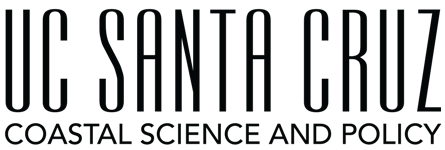Community-Based Fisheries Management in Kiribati: Our Field Research Process
Written By: Indy Reid-Shaw (Fisheries Opportunity Fund Fellow 2023); CSP Designated Emphasis Ph.D. Student
In Kiribati, you indicate how long a fish is by imagining it stretched from your fingertips to the place on your arm that you are pointing to. A smaller fish might come to the end of your fingers while a large fish might reach all the way up to the crease in your forearm. As I sit on a buia (or raised, thatched dwelling) with my research team, I intently note down interview responses, but also remember to glance at the fisher’s arm when the conversation turns to size so I can record the fish length.
This gesture, common in some of the other Pacific Island nations, is helpful to tell a friend what size fish you caught, but also to talk about fisheries loss. For instance, one Kiribati fisher told us: “There’s a change. Before when we fished with hook and line, we would catch [points to elbow] length fish. Now we see very small fish [points to wrist].”
I’m broadly interested in how climate change adaptation and natural resource management initiatives can be community-led and equitable, and ask how these efforts are actually carried out on the ground and whose voices are incorporated. Continue reading…

